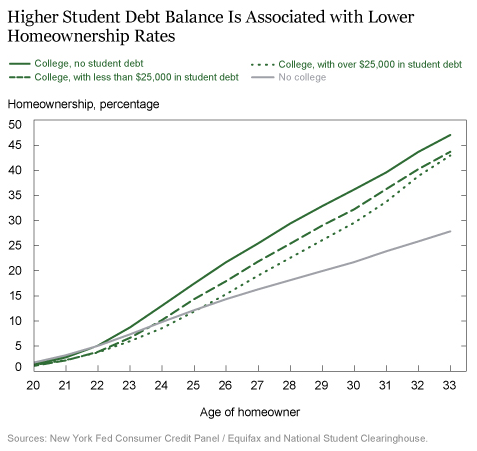Okay, we get it, Mrs. Hiring Manager, you want passive candidates!!! We’ll get right no that…
Passive candidates are the holy grail of candidates, right? Untouched, virgin, pure as the driven snow, fresh meat that has yet to be soiled by the dirty hands of another recruiter. If I could find a way to mainline passive candidates right into my system I’d be the best recruiting junkie on the planet!
Do you even lift bro? I mean, do we even know what the hell a passive candidate even is anymore?
The Passive Candidate Definition from ten years ago:
“A Passive Candidates is someone who is being considered for a position but is not actively searching for a job.”
So, are we buying this today?
If so, it seems like we then need to define “actively searching”. The only candidates I know who are ‘actively searching’ for jobs are candidates out of work, working in a job that isn’t their chosen career (Communications grad from B-level university, selling cell phones in a strip mall), or about to be fired from their current position.
If those are the actively searching candidates, that makes almost everyone else Passive! I don’t think our definition of Passive Candidate matches that of our hiring managers current definition of passive candidate! I think they would say anyone who is searching for a job, passively or actively, is not really passive.
So, why do we see this differently? Well, this is a bit of marketing that TA played on the hiring manager to fill positions. “Hey, Tim is a great ‘passive’ candidate, I found him on LinkedIn, he didn’t even ‘apply’ to our job! You have to interview him!” The ‘he didn’t even apply’ is like crack for hiring managers, who now believe you found Tim locked away in a vault at your competitors that has never seen the light of day.
The reality is a bit less sexy! Tim has been on LinkedIn for three years trying to get out of dead end company he’s been working for, but Tim sucks at networking and finding jobs, so he is just waiting around to be trolled by a recruiter, and he applies to jobs every week, just hasn’t applied to your job!
Let’s be honest with each other. If someone has posted a resume online, err, professional profile, they’re on the market! They might not be actively applying to jobs on a daily basis, but we all know they’re open for business. Someone can’t be passive that has a presence on any of the job boards (Monster, CareerBuilder, Indeed, LinkedIn, Dice, Zip, etc.). They also can’t be passive if they actively applying to jobs, but just haven’t applied to your job!
So, the new definition of Passive Candidate should probably be:
“A Passive Candidate is someone you find through various methods who is not on the job market in any way.”
That means you might contact someone in your ATS database who applied for a job with you three years ago, but they are currently happily employed and totally off the job market radar. That’s a Passive Candidate. The referral your employee gave you for a former coworker that you can’t find anything online, and they tell you they’re not looking for a job. That’s a Passive Candidate.
A passive candidate isn’t someone you found who just hasn’t happened to think about applying to your job, yet. They actually might be the most active candidate on the planet, who you just happen to run into.
We know a truly passive candidate when we speak to one. They’re a bit nervous. A bit surprised. A bit flattered. You can tell they’re not used to talking to recruiters and feel guilty talking to you. This is the person you’re hiring managers are asking for when they say they want a passive candidate.
This isn’t to say passive candidates are better. That’s an entire another post, but let’s not act like we are providing passive candidates when we aren’t.

